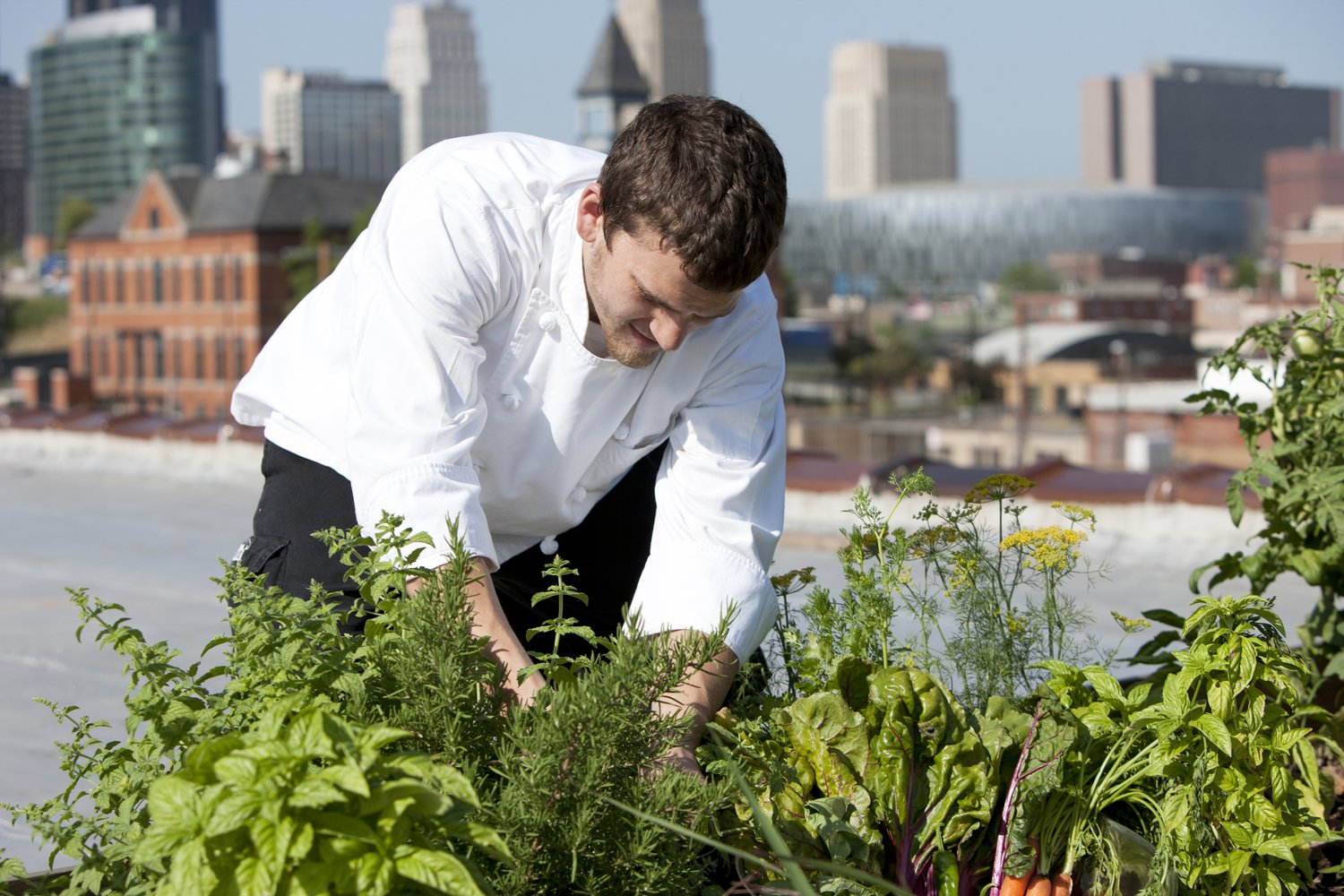Some Known Factual Statements About City Blooming
Fascinated in expanding food to buy in the City of Chicago? Believing about starting an area yard? Modifications to the Chicago Zoning Regulation allow agricultural usages like area gardens and metropolitan farms in lots of components of the city. Below is a checklist of frequently asked concerns relating to the rules and laws that cultivators ought to take into consideration when intending an urban agriculture job.
The zoning modification does not modify any type of other codes managing composting, structure permits, purchasing or renting City owned property, company licenses or ecological contamination. There are existing codes that manage these concerns and they continue to be in complete effect and may be applicable to your job. Neighborhood yards are typically possessed or taken care of by public entities, public organizations or community-based companies and kept by volunteers.
Urban farms expand food that is meant to be sold, either on a nonprofit or for-profit basis. Due to their industrial purpose, city farms require a business certificate.
Top Guidelines Of City Blooming
Composting is enabled yet only for plant material that is generated and used on site. The quantity of garden compost material can not go beyond 25 cubic yards at any kind of offered time according to the criteria in 7-28-715 of the City's Municipal Code. Yes. Due to the fact that the dirt at most new garden sites requires amending, garden compost, dirt, timber chips, or various other materials can be gotten to create or enhance the expanding room - eco-friendly practices.

If a building authorization is called for then the hoophouse will be considered an accessory building. You can find out more about the structure license needs by calling the Department of Structures. The 25,000-square-foot size limitation is intended to stop a single area yard from dominating a provided block or interfering with the block's existing household or commercial personality.
The limitation does not relate to yards found in Public Open Space (POS) areas. Can there be greater than one area yard that is 25,000 square feet on a solitary block? Yes. The dimension limitation uses to individual yards, not to specific blocks. No. Fencing is not called for, nevertheless, gardens that have big parking lot may be called for to set up fence or various other landscaping features.
5 Simple Techniques For City Blooming
B1 & B2 areas need that all commercial usage tasks be performed inside. R districts restrict commercial activity. The regulations reflect the objective and intent of the Zoning Code. Is fence needed for metropolitan farms? Yes. Fences may be required, along with landscape design and screening, for certain parking lot and outside job or storage space areas depending on place and the particular task taking place.
Urban farms require structure permits and zoning approvals prior to construction (indoor plants). Various other kinds of city evaluation might be required depending on details frameworks, activities, dimension, landscaping, licensing, public health and stormwater administration concerns.
The Department of Organization Affairs and Consumer Protection can assist determine the particular kind of company permit over here that's required. Off street car park is needed for a lot of business tasks in Chicago. The needed number of parking rooms is based on the number of employees working on site and not the square footage of the growing area.
Getting My City Blooming To Work

Yes. An urban farm can sell garden compost product produced on website, nonetheless, the procedure must follow the laws in 7-28-715 of the Chicago Municipal Code. Yes. Aquaponic systems are allowed inside your home on urban ranches in numerous zoning districts. Nonetheless, a zoning review and building permit is called for in order to mount frameworks or systems and a business license is required as defined over.
As much as 5 hives or nests of honey bees may be maintained as an accessory usage. Beekeepers have to sign up with the Illinois Division of Farming. To learn more about the recommended zoning amendment you might call the Department of Real Estate and Economic Advancement, Bureau of Preparation and Zoning at 312.744.8563.
, which takes area in country areas at the edge of suburbs.
City Blooming - Questions
It can include a movement of natural cultivators, "foodies" and "locavores", that look for to form socials media started on a shared principles of nature and area holism. These networks can create using official institutional assistance, coming to be integrated right into local community planning as a "change community" movement for lasting urban growth.
In either instance, the more direct accessibility to fresh vegetable, fruit, and meat items that might be understood via metropolitan agriculture can boost food safety and security and food security while lowering food miles, causing reduced greenhouse gas discharges, thereby adding to environment adjustment reduction. Several of the initial evidence of city agriculture comes from Mesopotamia.
Comments on “The Ultimate Guide To City Blooming”